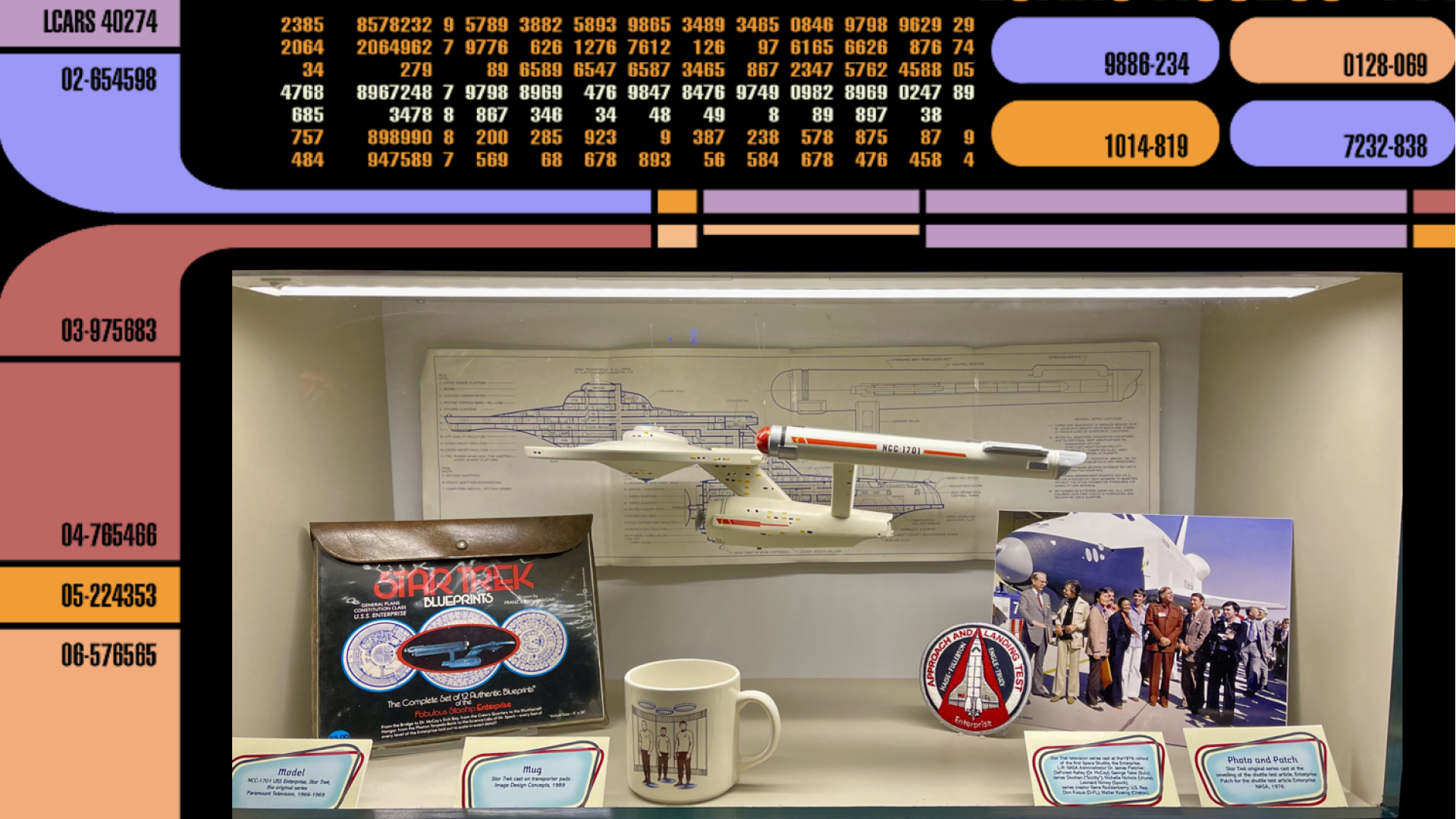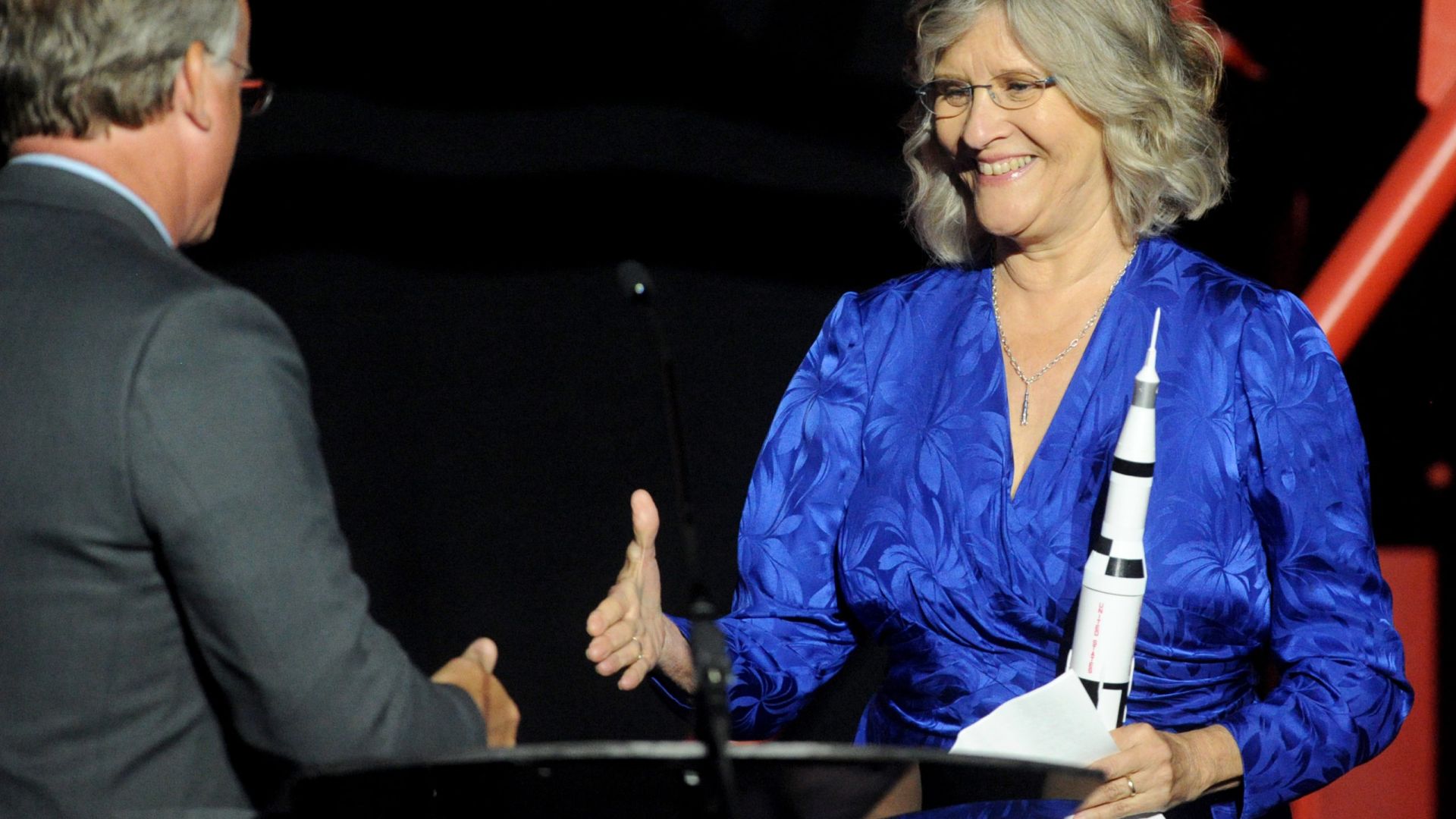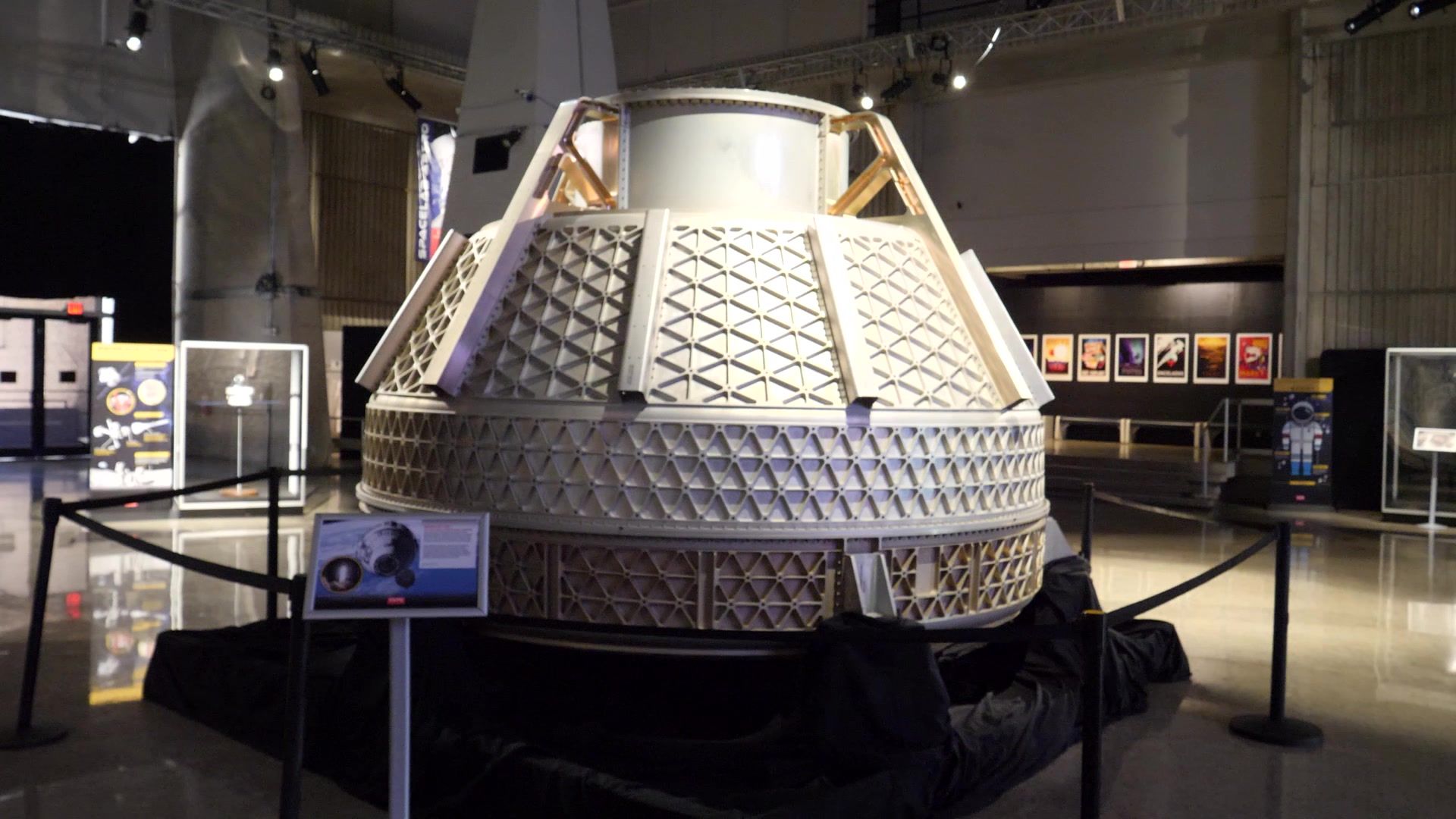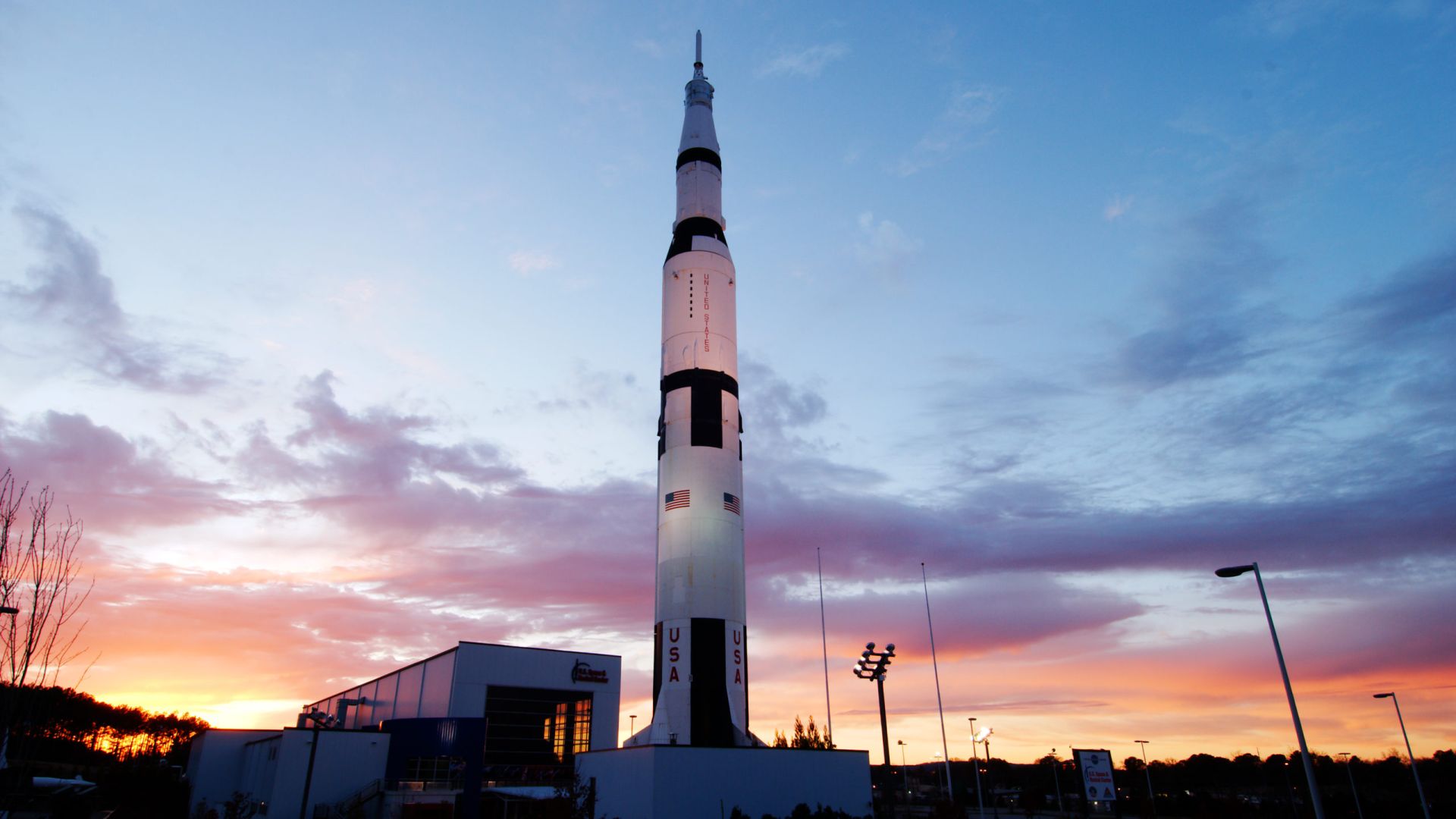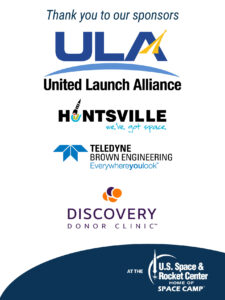Space to Input
Husband and wife duo Michael and Denise Okuda have worked in science fiction television for more than three decades as graphic designers, artists and technical consultants. Together, they have worked on six Star Trek films, as well as Star Trek: The Next Generation, Deep Space Nine, Voyager, Enterprise, Picard, and even writing the Star Trek Encyclopedia.
Michael has also designed several NASA mission patches, including the STS-125 mission of Space Shuttle Atlantis, which repaired the Hubble Space Telescope. He and his wife are currently technical advisors for the Netflix series Space Force and the Apple TV series For All Mankind.
“We review scripts and rough cuts,” said Denise of their work on For All Mankind. “When needed we go into the studio to be there on set to help the actors push the right button in the LEM, and also be there for the director and the writers if there are any other questions.”
“A writer would say, ‘at this point, we want this to break,” explained Michael about the role of a technical consultant for Star Trek. “How can we do that so that it can’t be fixed until the fourth act? You work with the writers and try to help them tell the story in a way that’s as interesting as possible.”
Michael is perhaps most famous for a design that many television viewers may not realize is his work. Star Trek: The Next Generation features a bold, purple and orange graphic style on the spaceship computer displays and controls. These were designed by Michael.
“They’re what’s become known as the LCARS style,” Michael notes. “It became part of the look of the era, and I’m very proud of that.”
“We all took a lot of pride in doing the work as professionally as we could, but also enjoying it” added Denise about their television work. “Thinking about all those twelve-year-old kids out there and what the shows that we were working on would mean to them – as much as when Mike and I were kids and we were watching [Star Trek] the original series.
Learn more about the Okudas and other professionals, scientists, and engineers from space and aeronautics history by subscribing to “Dare to Explore,” the official podcast of the U.S. Space & Rocket Center Foundation. “Dare to Explore” can be found on Apple Podcasts, Spotify, and anywhere else you listen.
